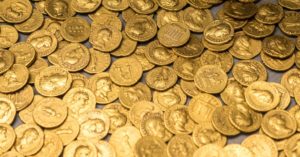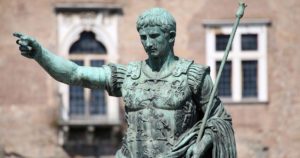By the beginning of the fourth century, the Roman Empire had become a completely different economic reality from what it had been at the beginning of the first century. The denarius argenteus, the empire’s monetary unit during the first two centuries, had virtually disappeared since the middle of the third century, having been replaced by the argenteus antoninianus and the argenteus aurelianianus, numerals of greater theoretical value, but of less and less real value.
The public excesses in the civil and military budgets, the incessant bribes and gifts, the repeated tax increases, the growth of the state bureaucracy, and the continuous requisitions of goods and precious metals had exhausted the Roman economy to incredible levels. To cap this disastrous reality,
Articles by David Serrano Ordozgoiti
It Didn’t Begin with FDR: Currency Devaluation in the Roman Empire
March 27, 2022The phenomenon of currency devaluation and its consequences is a process that not only occurred in modern times, but has much deeper roots, going back to antiquity.
With the collapse of the Roman Republic, Caesar’s grandnephew Gaius Octavianus, renamed Augustus, rose to power and soon implemented a far-reaching monetary reform for the Roman common market. The old republican trimetallic system of different denominations of silver, brass, and bronze became a new quadrimetallic system of denominations of gold (aureus and quinary aureus), silver (denarius and quinary), brass (sestertius and dupondius), and copper (as, semis, and quadrant). The denarius aureus, or nummus aureus, was the stable base of the trimetallic system, with a high precious metal content of 98


